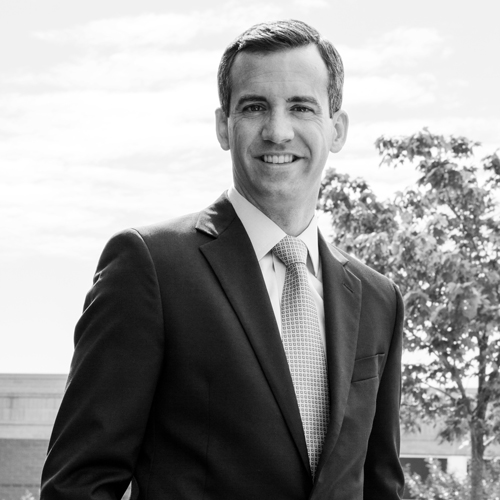
It was February 2014, and Robert Napoli was facing a challenge that was so in line with his past experience, it was uncanny.
“A Hawaii affiliate of Planned Parenthood, which was experiencing some operational and financial challenges, reached out asking for help, and we ultimately proceeded with an acquisition,” says Napoli, chief information officer of what is now Planned Parenthood of the Great Northwest and the Hawaiian Islands, servicing Western Washington, Idaho, Alaska, and, of course, Hawaii.
Healthcare acquisitions were nothing new to Napoli. Prior to joining Planned Parenthood of the Great Northwest in 2013, Napoli had worked at two other health systems—one just north of New York City, and one in Connecticut. Both were significantly larger, and both experienced mergers or acquisitions. “Our merger with the Hawaii affiliate has been a piece of cake compared to those experiences, which provided me with the skills I need for a transition of this kind,” Napoli says.
The best way to bring another healthcare organization into the fold, says Napoli, is to start at the executive level with a discussion about what systems need to be merged and the timeline for those mergers. Technical staff should then be consulted to determine the feasibility of implementation. “I see problems when decisions are made at the executive level without consulting staff members who understand the technical issues that might result from those decisions,” he says.
“It’s important to make sure you meet with people early on, communicating what the change will look like for them and giving them a sense of who you are—namely, real people with their interests in mind.”
At that point, prioritization is key—and at every organization for which Napoli has worked, the number one priority has been the revenue-cycle and practice-management systems (if they’re not the same). That’s what Napoli was focused on this past May, when the acquisition was fresh. Fortunately, the affiliates used the same practice management vendors, but there were still challenges. Hawaii’s practice-management system was in the cloud, while Great Northwest’s was not. Policies, procedures, work flows, fee structures, and even regulatory requirements and reimbursements differed between the two. “We had to be mindful of these and address them,” Napoli says.
Napoli made the decision to keep the Hawaii affiliate’s old system up and running, essentially creating a parallel network with the acquiring the affiliate’s network. Then he slowly moved systems over to the acquiring its environment. “It’s a sound and safe approach that reduces downtime, but there were things beyond our control,” he says.
For example, he had agreed to have the Hawaii affiliate’s practice-management system up by the middle of May but was beholden to outside companies, such as telecommunications businesses in Hawaii, to deliver certain services. And if those deadlines weren’t met, Napoli’s group would have had to be nimble and resourceful enough to either change their dates or develop a contingency plan. That’s what Napoli did. “When there are aspects beyond our control to a project that can totally derail it, I like to have a backup,” he says.
Now Napoli and his team are working to get the Hawaii affiliate on an electronic health record. From a technology perspective, that’s been more complex. “Not only do we have to build out the EHR to support a user in another state—we also have to address work flows and processes within the context of this software being completely foreign to the users,” Napoli explains. “It’s imperative that we train them to use the system correctly with all nuance it entails.”
Training, in fact, is a big part of a transition like this. “It’s important to make sure you meet with people early on, communicating what the change will look like for them and giving them a sense of who you are—namely, real people with their interests in mind,” says Napoli, who flew a lot of his staff down to Hawaii for face-to-face meetings. “It gave them a comfort level that we would be considerate of these changes in their lives, and it also gave us a comfort level knowing we had done our due diligence and had ensured the new entity would function well in our organization.” AHL

